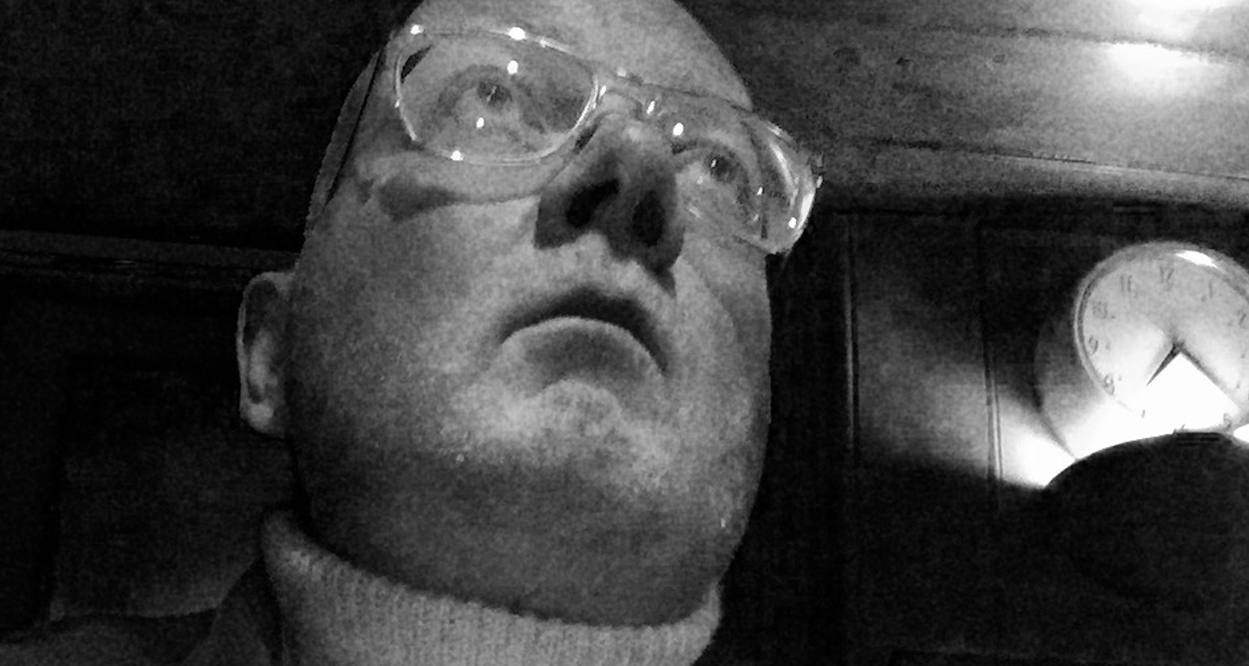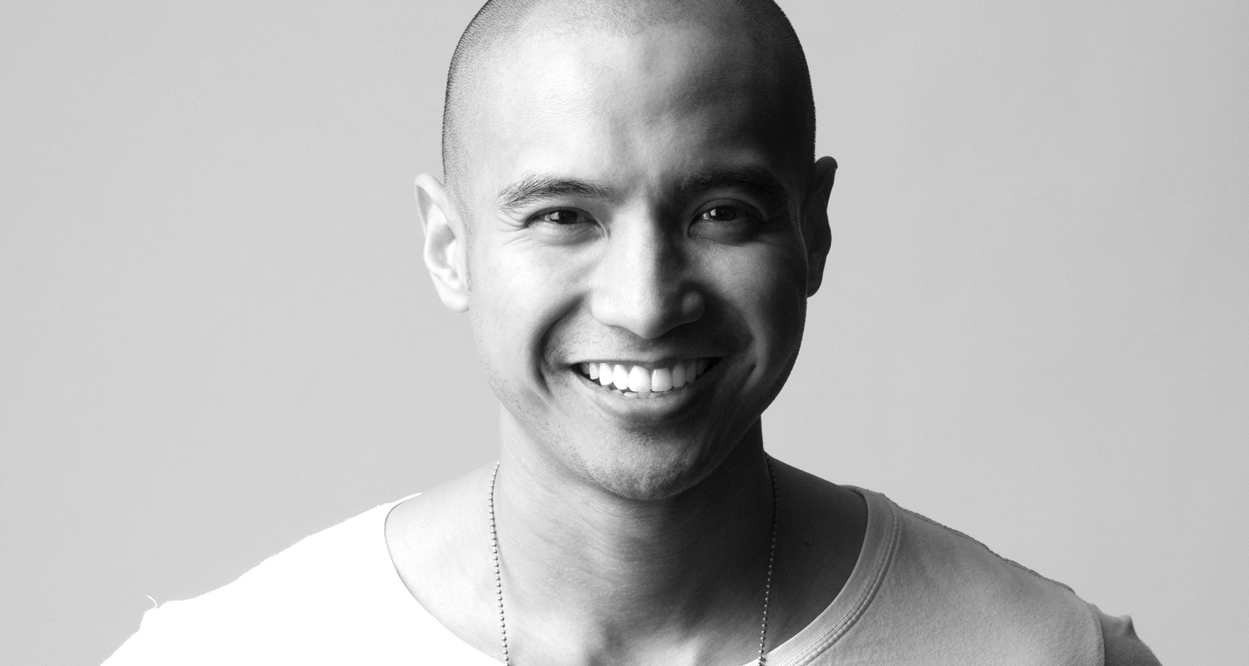

Compatibility
It begins—and continues, and ends—with people: a group of people. How does this group of people get together? Probably and partly by a combination of design, desire and destiny. Sort of unplanned, but sort of not. This is how it always goes.
To some degree, it helps if everyone shares an approach because if working methods differ wildly, or if there are only broad similarities, it’s unlikely that the centre will hold. For example, if someone who is immaculately pristine works alongside someone who spreads mess, it’s unlikely to last. Just like any relationship.
And, just like any relationship, there has to be leeway: Openness; Humour; Respect; Dialogue; Commitment; and, Engagement. But above all, it requires the ability to never prevent someone from doing what they need to do (unless it causes harm to others). From this, everything else flows.
Division
Beyond here, it’s simply about time, and it involves things that get made, sharing, and discovering. That long poetic river of possibilities, successes, failures, beauty and terror. It’s only when things become very wrong—when concerns around the whims and momentary fashions come into play—that their impact has a greater and negative reach, often engendered by ignorance and fear. It’s easy for this to be projected onto a wider industry, onto something outside the group. A case of ‘us and them.’ But it affects everything—and everyone is affected.
It starts with defining people and work by media or intention. When descriptions, working processes and strategies are represented by specific ‘media’ (digital, social, mobile, etc) or hoped-for results (innovation, integration, social etc), things are already wobbling precariously.
This ‘hierarchy by media’ implies confusion, a lack of confidence, a lack of energy and a kind of laissez-faire approach. It limits genuine involvement by people who might be more committed to wider possibilities of discovery. It promotes those who put application before concept and aesthetics. In these instances the results are often leaden, twee, and veneered. They lack life. They lack emotion. It’s all surface and no feeling.
Integration
Then there are those who worry about ‘media integration’. Again, this puts the media first, rather than an approach, or a process, or a concept, or aesthetics, or (most importantly ) emotion. However, this concern with integrating media is misguided. There is a far more important integration required; reintegration—of advertising and marketing with the rest of culture (film, music, interactivity, publishing, broadcasting, the arts, etc).
Over the last 15 years (at least), advertising has gradually separated itself from the things people love to engage with, those things which cause people to think, to question, to laugh, to indulge, to disappear, to change, to evolve. Using specific language there has been an intentional split—classified as being between ‘traditional’ and ‘digital’. Of course, those classifications are useless pablum. And (again) they’re both concerned with the application, the media—the place it will sit—rather than the thinking which surrounds the thing, or the process of making the thing, or the emotional responses to the thing.
Over the last 15 years (at least), advertising has gradually separated itself from the things people love to engage with, those things which cause people to think, to question, to laugh, to indulge, to disappear, to change, to evolve.
Being social
There are those with a desire to be ‘social’. This is a very good idea. Being social means communicating well, doing what you say you’ll do, sharing things with those around you, establishing parameters, offering to help each other, supporting each other, and taking time to understand each other. Being social is great. However, expecting people to be best friends with brands through their phone, or in 140 characters? That’s not really something that beings with actual brains really should be worrying about.
Trust
Trying to be ‘innovative’ is like trying to be ‘cool’ or ‘cutting edge’. Don’t.
Instead, try doing what you can with those around you who’ve committed to you, and vice versa. Delivering on promises, making the most of weakness and strength, trusting and letting things be what they are. This is natural. This is unforced. This is sharing. It starts and ends with people—and the fewer distractions, the better.
Trying to be ‘innovative’ is like trying to be ‘cool’ or ‘cutting edge’.
Common Truths
There are still a few simple, common truths worth living by and from which a lot of good can come. Among them: Do what you enjoy and enjoy what you’re doing; Enjoy the way it’s done as well as the outcome; Do no harm to others; Communicate, often and well; Take failure and success equally; and, Experience is understanding.
Then there are the subsections: Take care of money; Know what success means to you; Establish parameters; Understand the many variations of collaboration; Know when to stop; and, Know when to walk away.
These modes of thinking and doing tend to foster productivity. They facilitate and encourage things to happen. But it takes time and effort. It takes groundwork for things to feel immediate, just as it takes tenacity to use varying processes and approaches over time to discover—through the intersections of art—the things that make us wonder.

